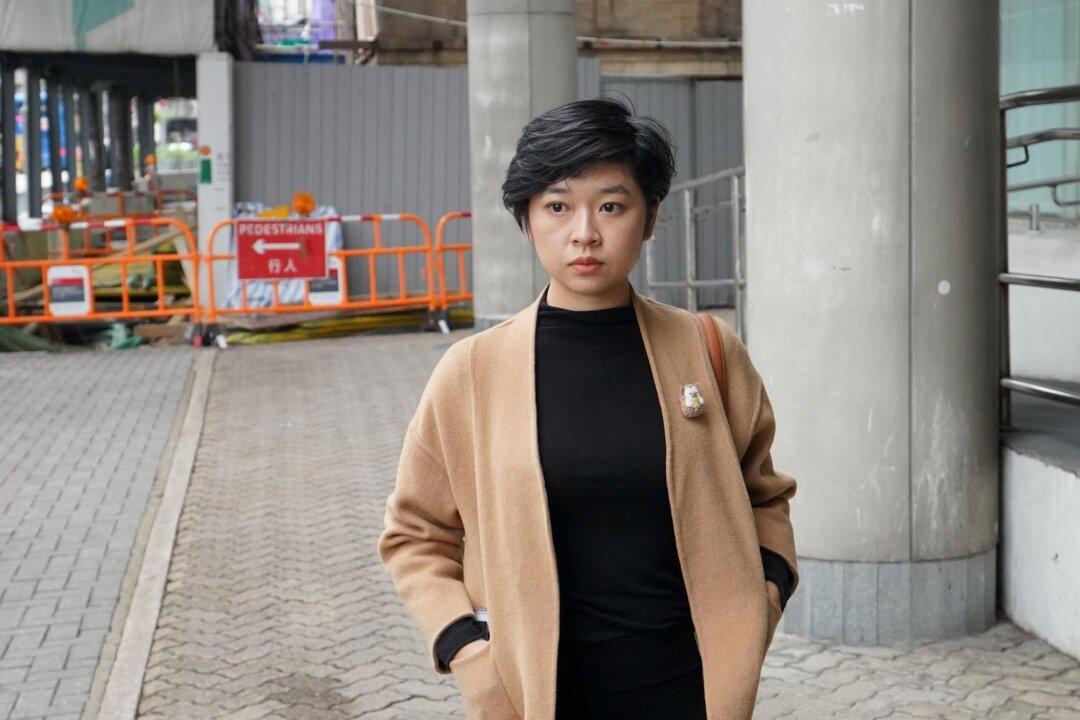Hong Kong Chief Executive John Lee Ka-Chiu announced in the Legislative Council on Jan. 19 that Hong Kong will scrap COVID-19 quarantine requirements starting Jan. 30.
The isolation orders for infected persons will be finally canceled after years of quarantine measures in Hong Kong.




